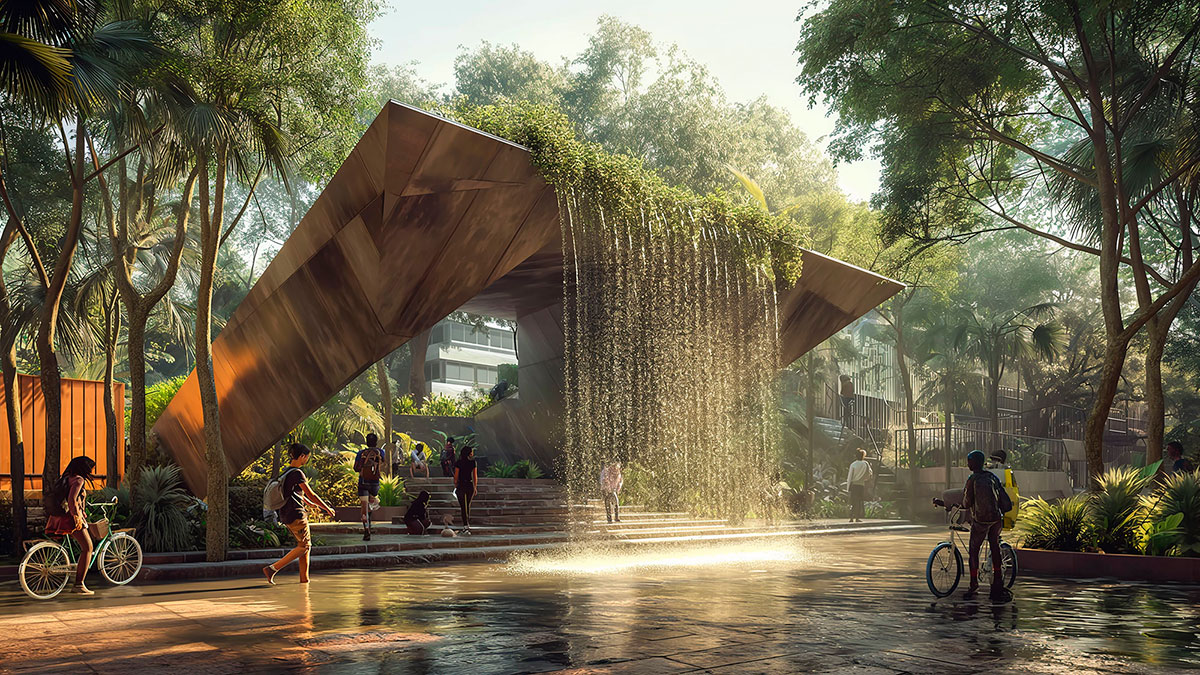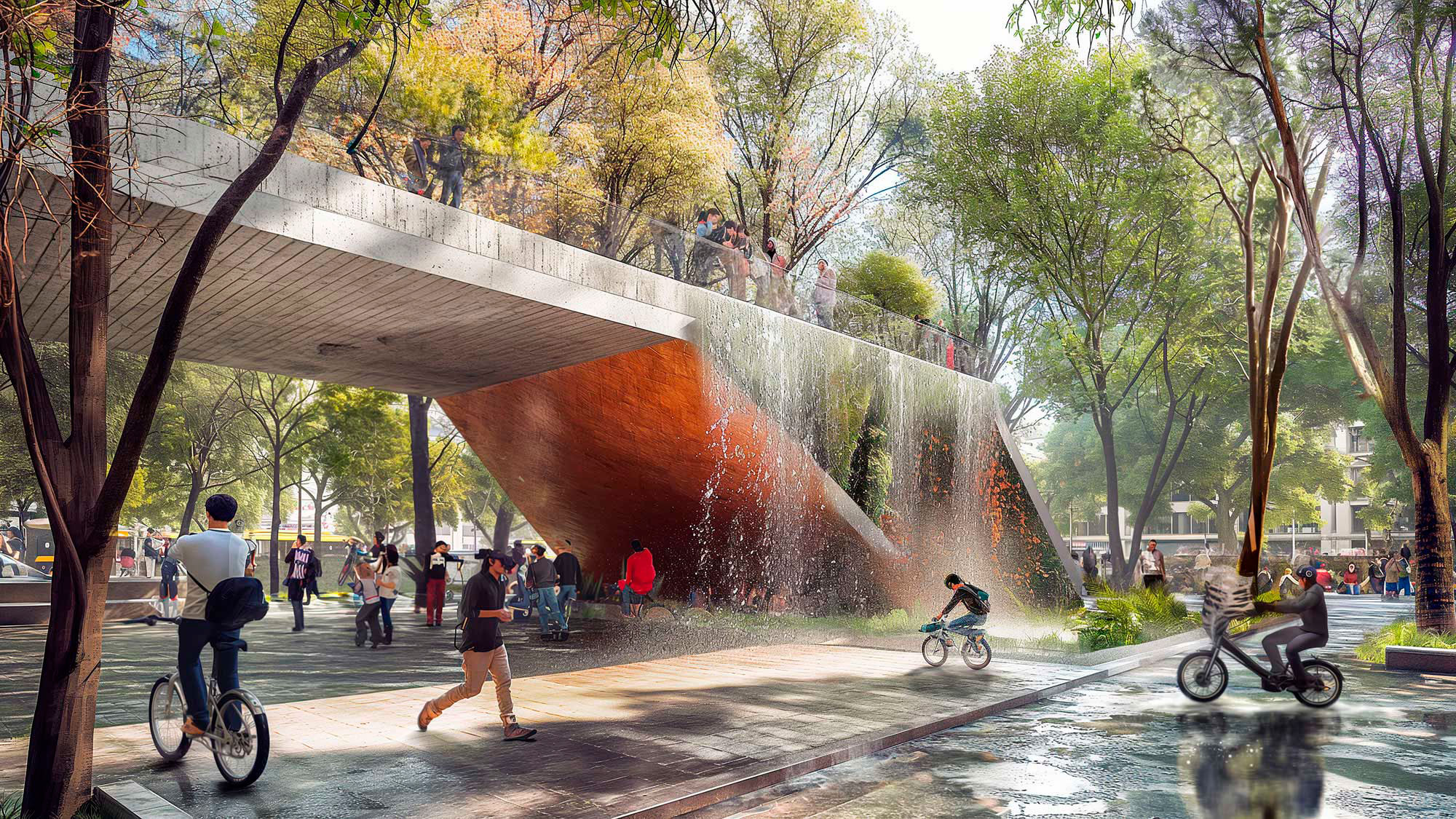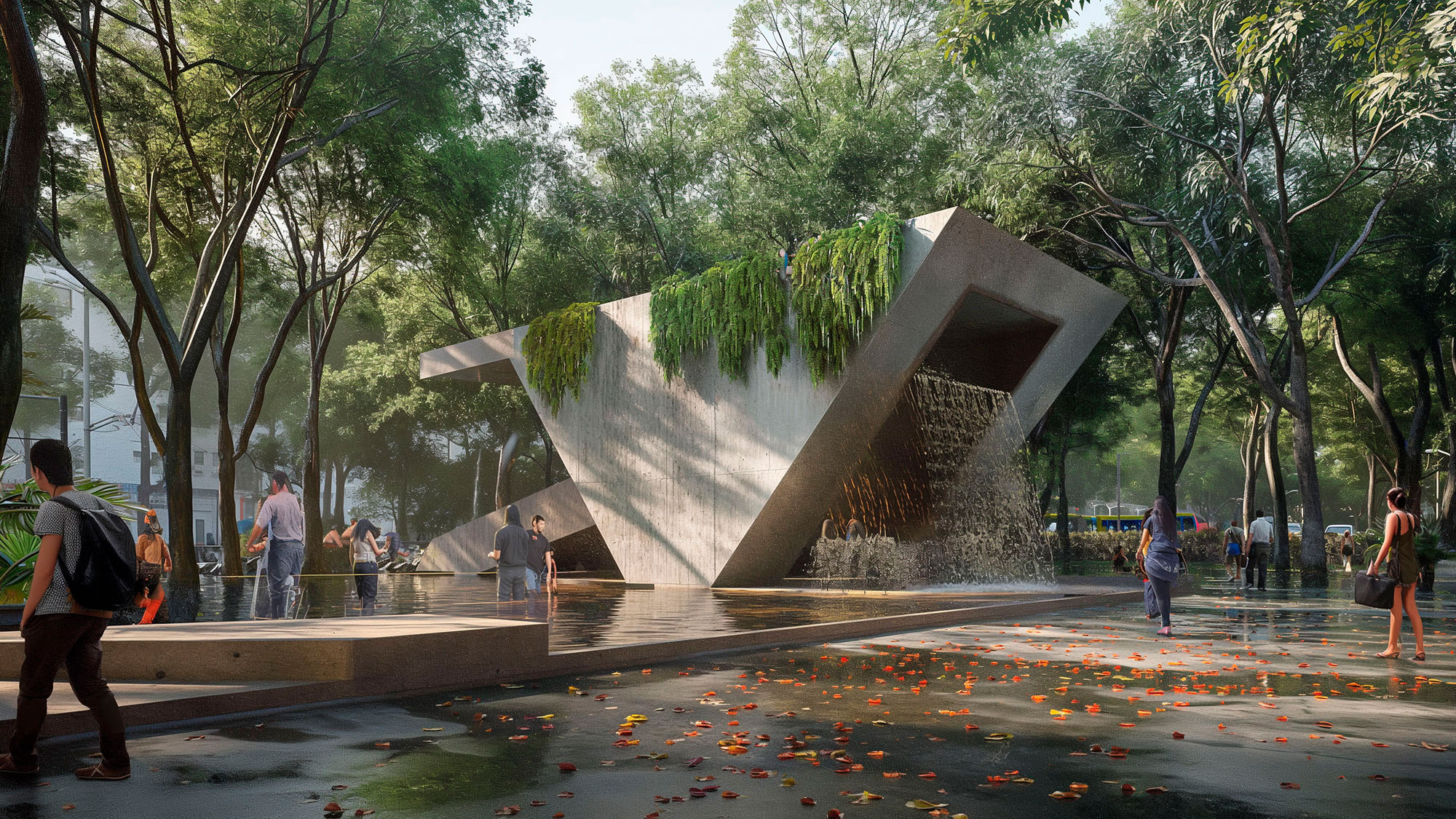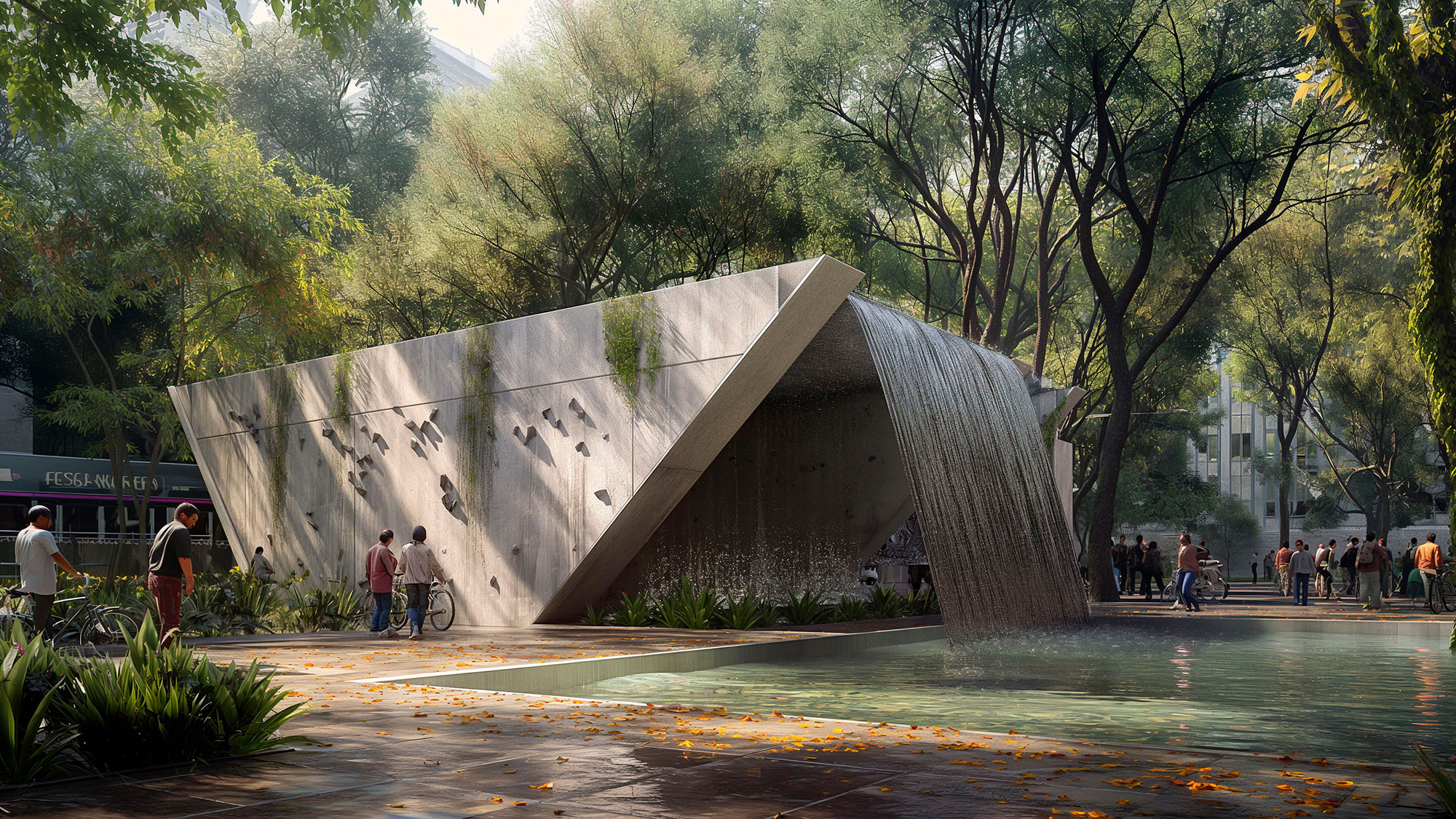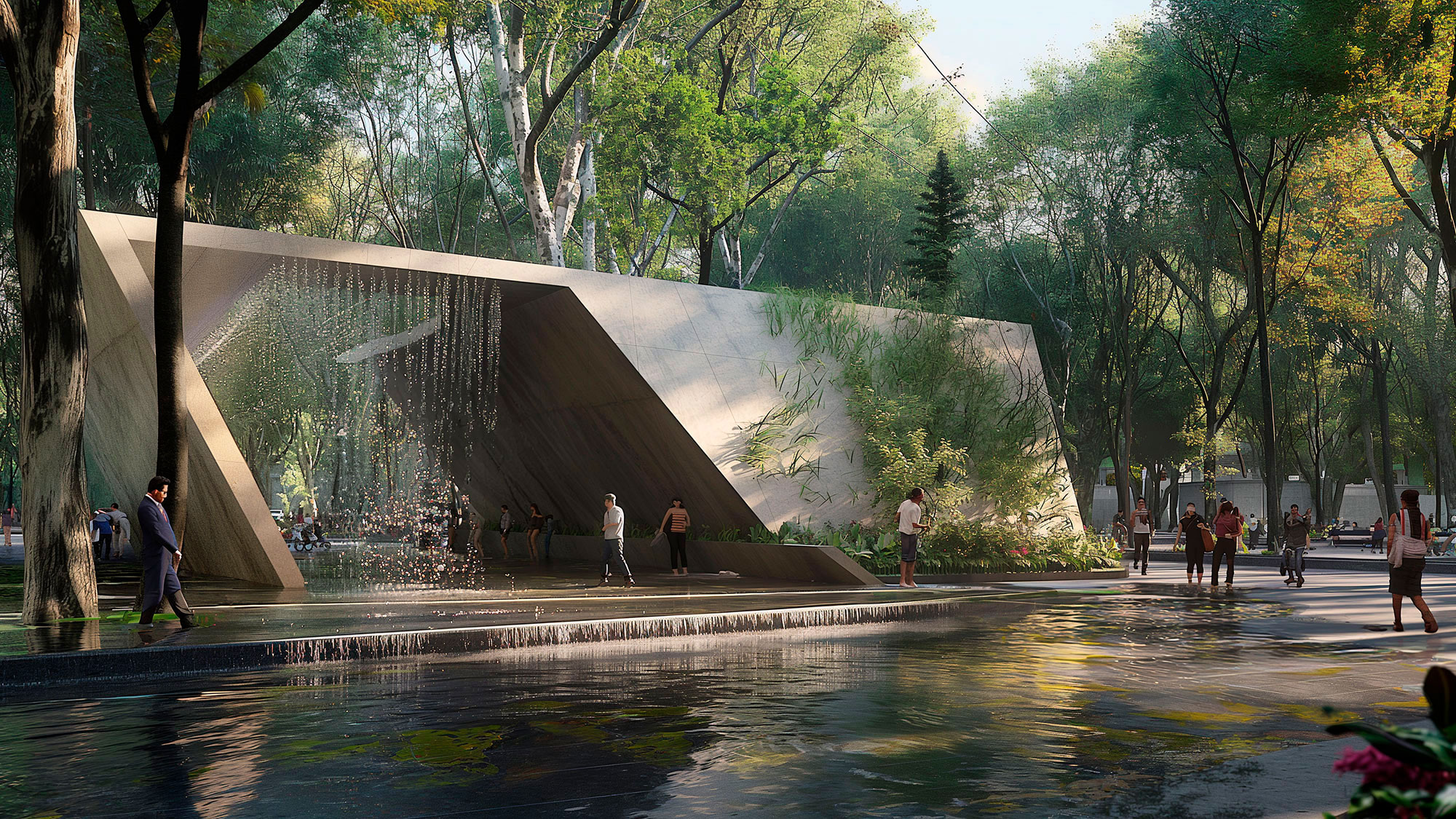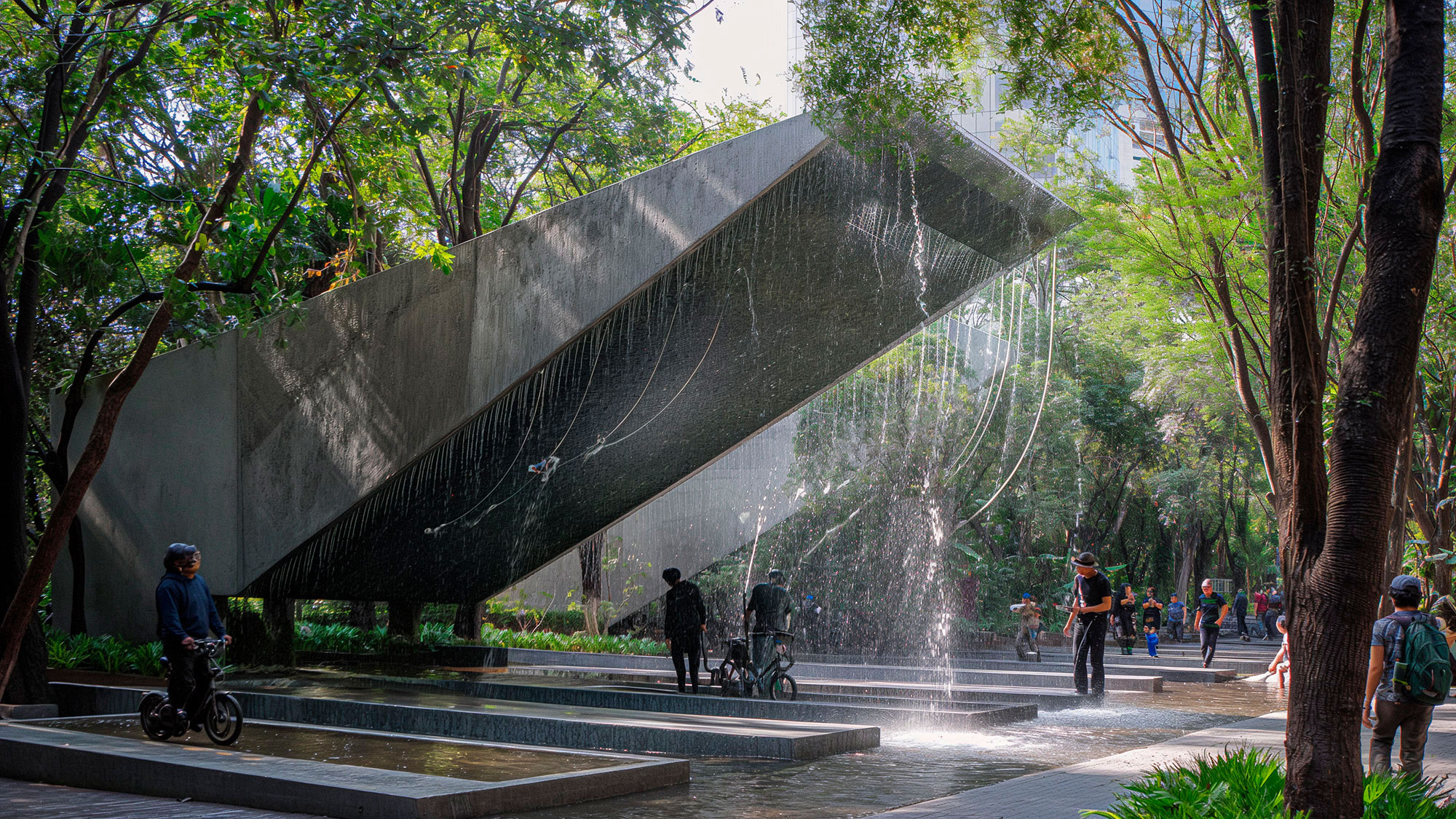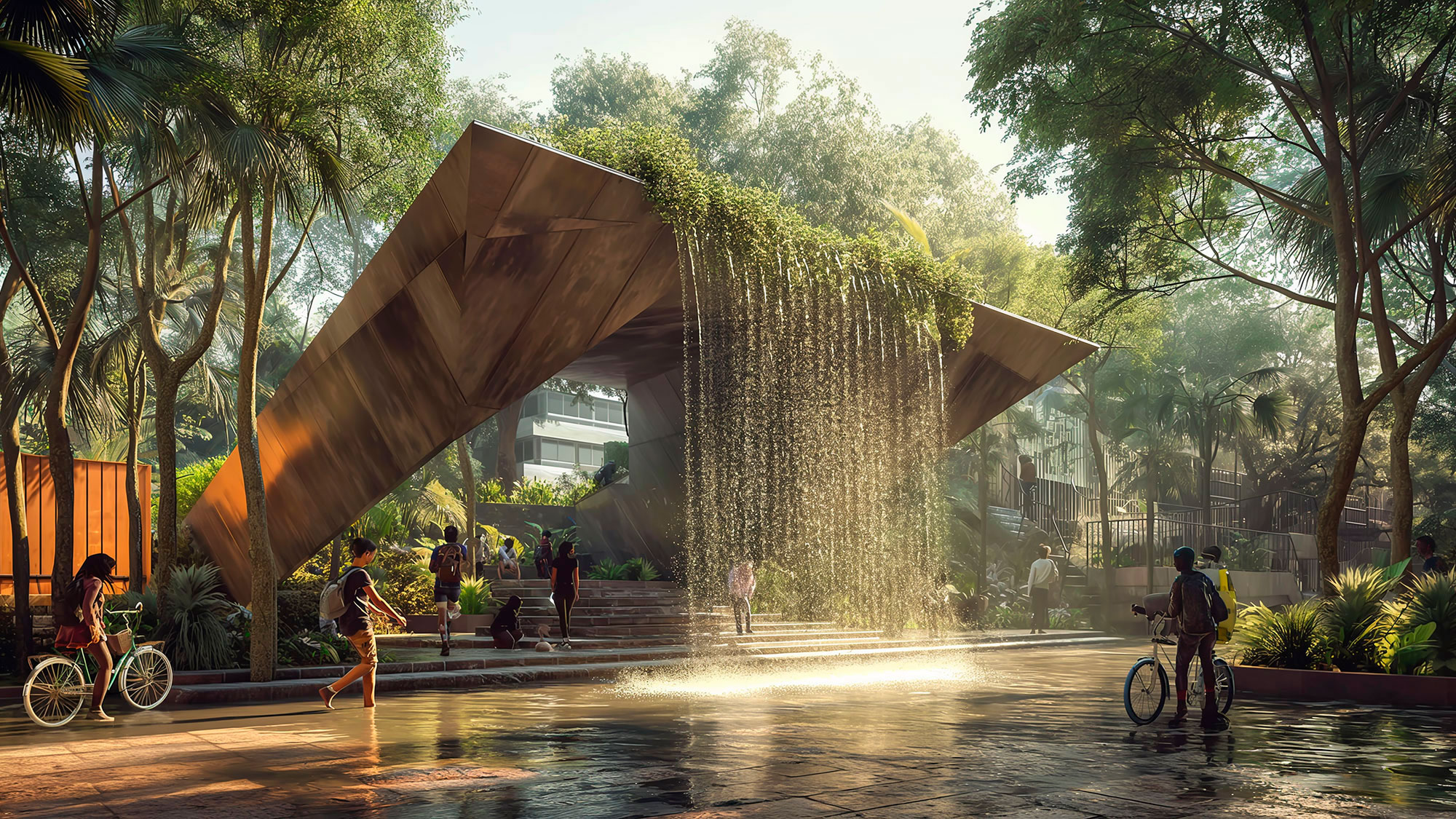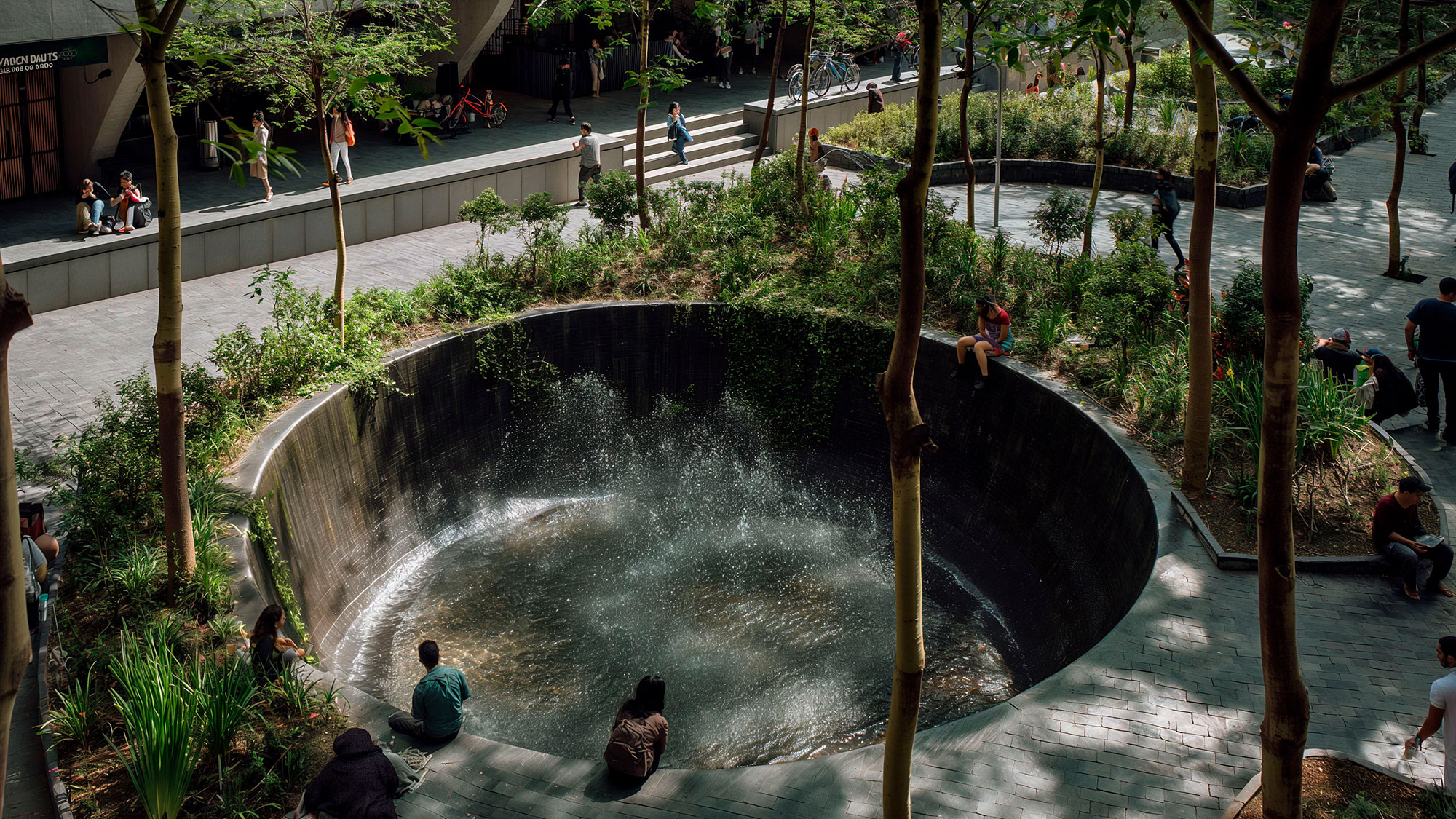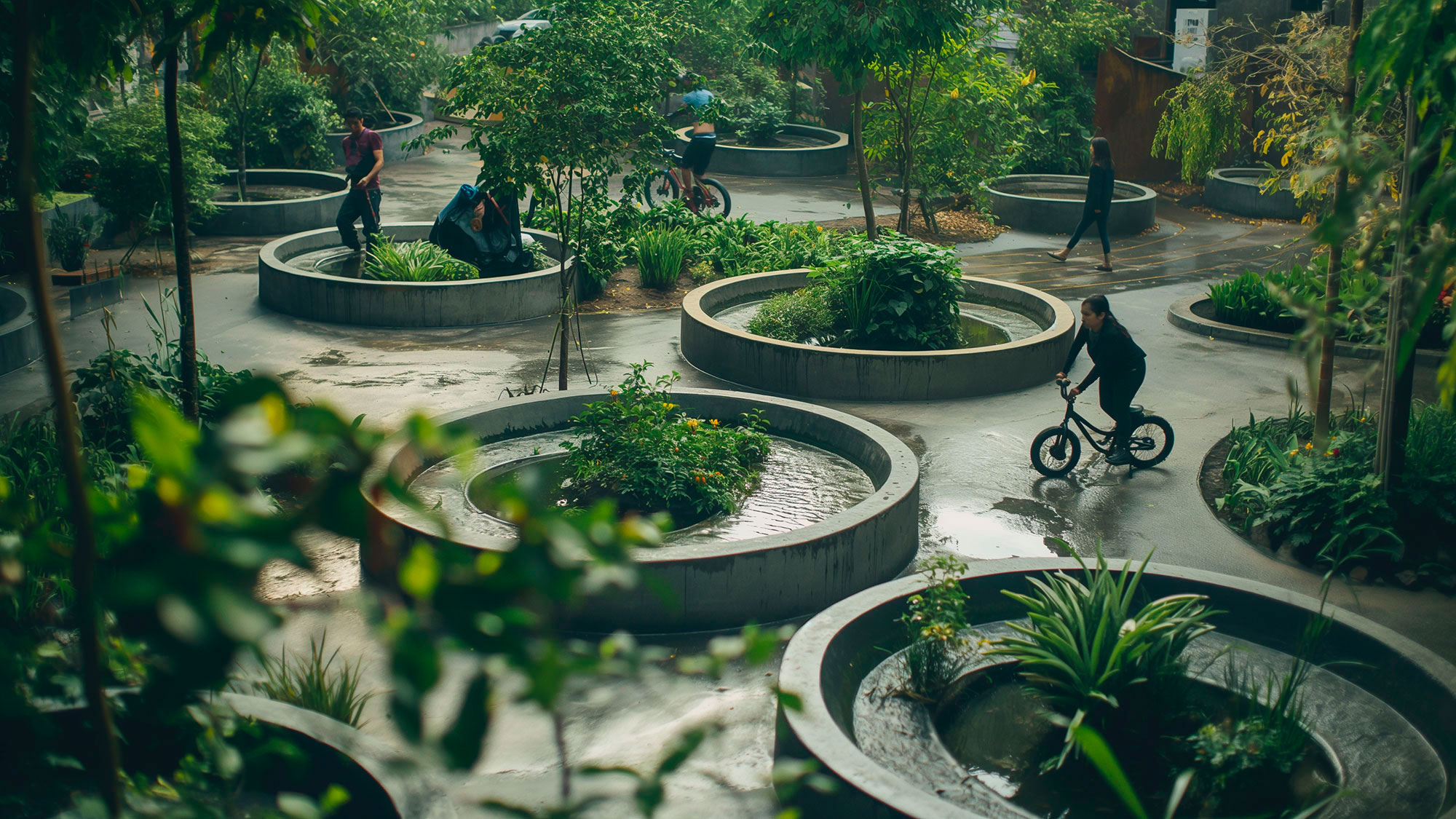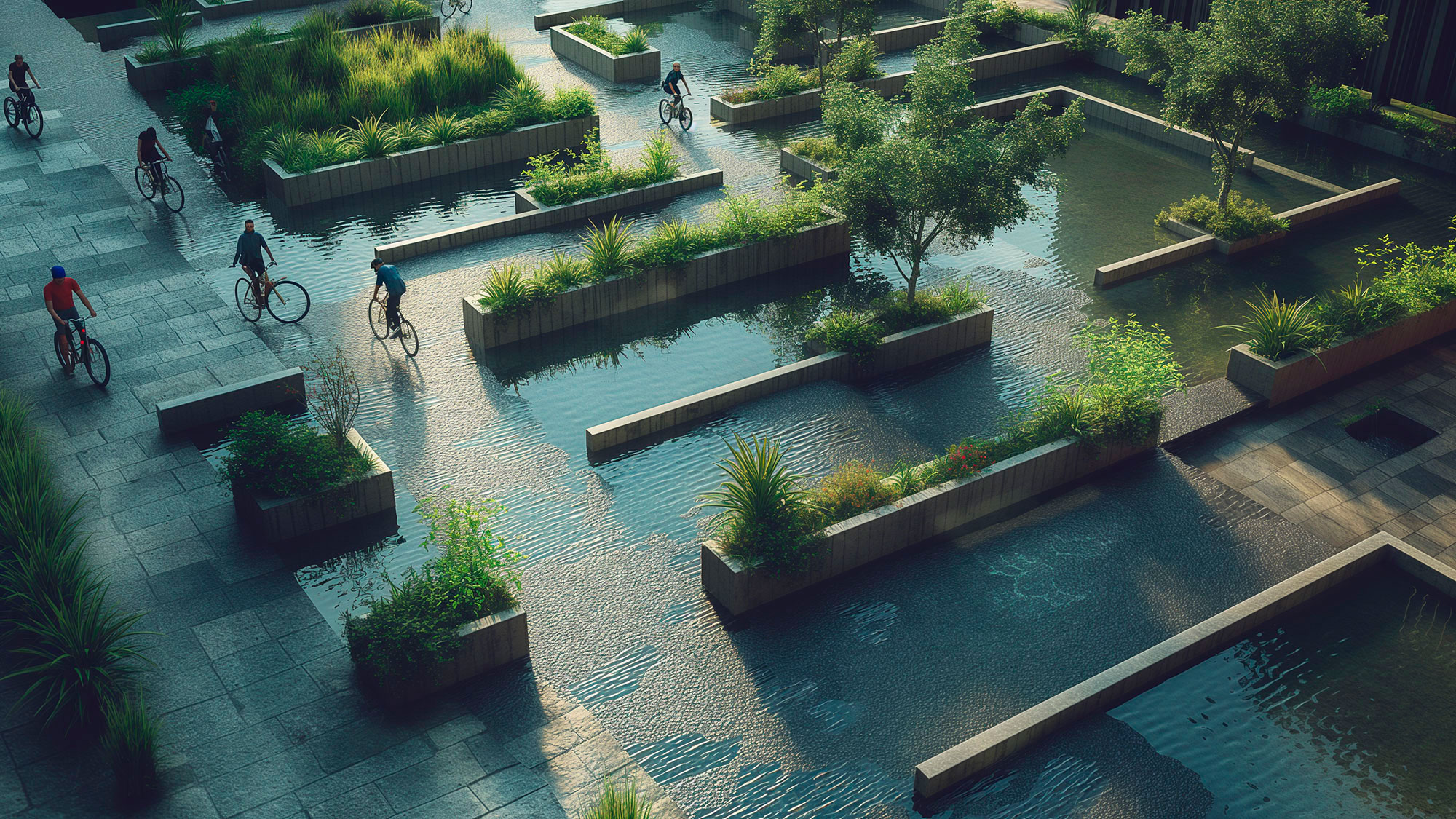The Gensler studio, founded in 1965 in San Francisco, California, USA – the largest design and architecture studio in the world by revenue and number of architects – acknowledges on its website that its mission is “to create a better world through the power of design”. Among many other projects, that mission is embodied in the one we are going to study in these lines: a proposal that responds to the recent challenge facing Mexico City, the capital of Mexico, or the drastic decrease in the water reserves that supply the city. Gensler approaches this problem from the perspective of an integrated urban design, a project it has called “Back to the Source”.
Mexico City’s water supply situation
Drought and lack of rainfall, and higher than usual temperatures as a result of climate change, have caused water supply cuts and rationing in many of Mexico City’s neighbourhoods in recent years. To put the problem in figures, Roberto Constantino Toto, a researcher at the Water Network of the Autonomous Metropolitan University (Red AgUAM), told BBC Mundo: “At the beginning of 2000 there were only 50 neighbourhoods in Mexico City subject to the tandeo system – that is, a system of intermittent and rotating water distribution by area and time – and today we have 386”.
The nearly 22 million inhabitants of Mexico City and its metropolitan area receive their water supply from three sources: the Lerma-Cutzamala dam system, which provides just over 25%; another 5% comes from rivers and springs in the valley; and just over the remaining two-thirds comes from wells that draw water from aquifers. Therefore, the water issue in the great metropolis is due to problems that extend to its three main sources, namely: shortages in the dam system; reduced flow in rivers and springs; and lack of groundwater recharge.
Jorge Arriaga, coordinator of the AgUAM Network, again puts figures on this last issue, as quoted by BBC Mundo: “as of today [March 2024], we are extracting 215% more than we are recharging”. Finally, Arriaga points out another serious problem in the supply to the city that adds to the previous ones: “40% of the water is lost in leaks in the distribution networks”. The Cutzamala system itself was planned for a 20-year horizon and is still operating after 40 years.
Gensler’s integrated design solution
The architectural firm Gensler sees Mexico City’s situation as “an opportunity for innovation and transformation”. Therefore, thanks to the power of design applied to public space, the architects and urban planners have set themselves the goal of creating conditions in the neighbourhoods for their “partial water-network independence”. Therefore, “in essence”, the project proposes “the installation of rainwater harvesting systems at strategic points in the city”.
But these systems are not mere water resource centres, but are proposed as “community connectors” that offer other services to the neighbourhoods, such as street markets, urban orchards, gardens or parks. The “key to the success” of the project, according to the architectural studio, lies in its simplicity and adaptability, and the use of existing technologies. In short, the idea is to create urban “sponges”, literally, a landscape with infrastructures designed to absorb and retain water.
Well-meaning and water-conscious urban planning
Gensler’s project does not go beyond a somewhat vague conceptual design accompanied by a declaration of good intentions. However, we think it is a positive approach to tackle Mexico City’s water crisis from a social and environmental urbanism point of view. Their project seeks to combat water scarcity and, at the same time, improve the quality of life of citizens. For this reason, Gensler’s proposal for Mexico City seems to us to be a good model for other cities around the world facing similar challenges.


